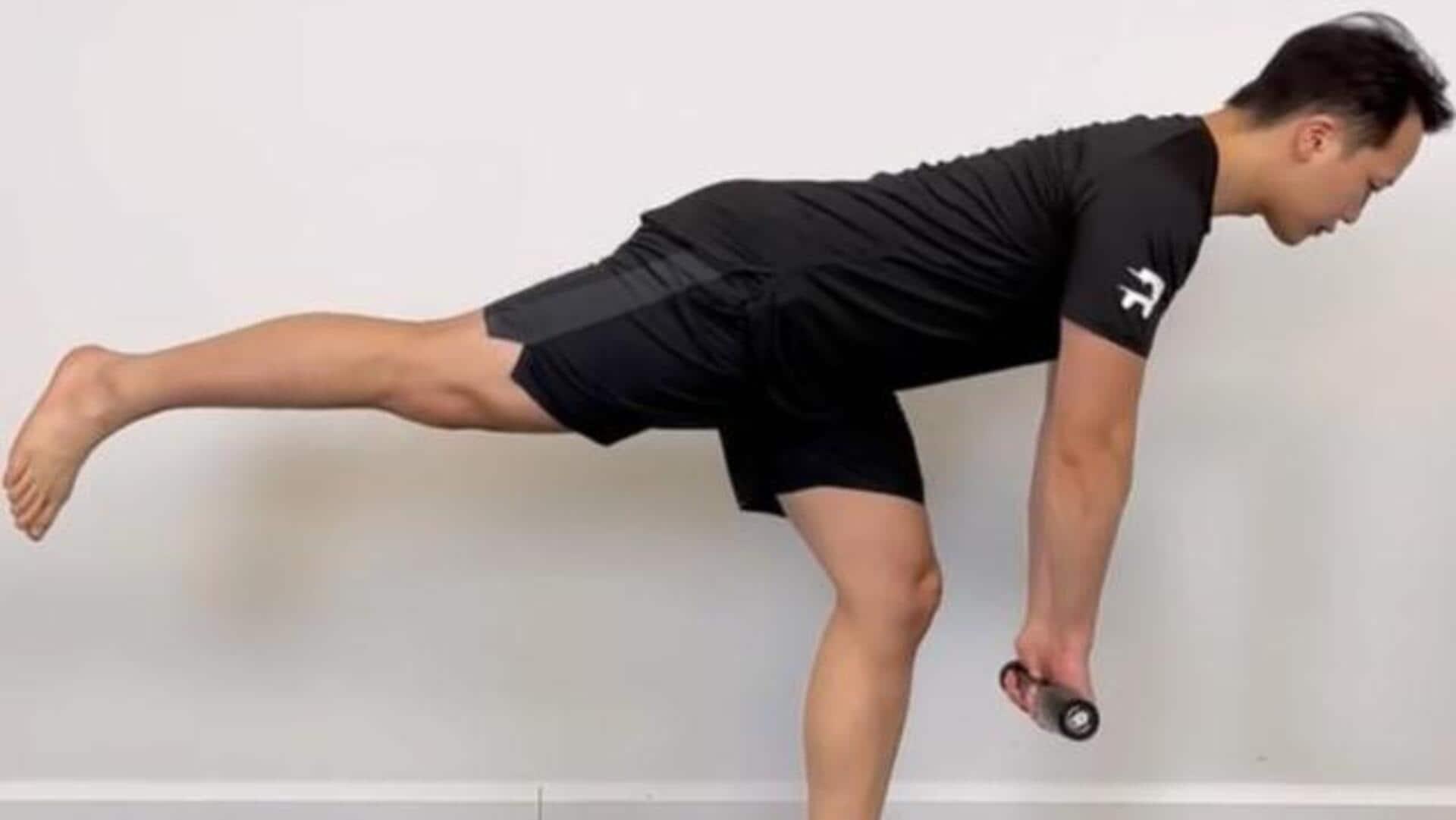
Your guide to mastering the single-leg deadlift
What's the story
A powerful exercise to boost balance, stability, and strength, the single-leg deadlift works on your hamstrings, glutes, and core muscles while improving your coordination. However, this pose is not just for athletes and fitness buffs looking to up their game. Mastering the essentials of this exercise will help you get better posture and avoid injuries. Here's what you need to know about this pose.
Form basics
Proper form and alignment
Maintaining proper form is essential while doing a single-leg deadlift. Start by standing on one leg with a slight bend in the knee. Keeping your back straight, hinge at the hips, lowering your torso forward and extending the opposite leg behind you. Keep your shoulders level and core engaged throughout the movement to avoid strain.
Core engagement
Engaging core muscles
Engaging your core muscles is critical for stability in a single-leg deadlift. A strong core keeps you balanced and prevents you from wobbling or tipping over unnecessarily. Concentrate on drawing your navel towards your spine as you perform the movement. This engagement not only helps with balance but also contributes to overall strength development.
Breathing control
Breathing techniques for stability
Proper breathing techniques are essential to keep you stable during the single-leg deadlift workout. Start with a deep breath before you initiate the movement. As you lower your body into position, exhale slowly and steadily. This controlled breathing technique reduces tension on the shoulders or neck and also ensures that oxygen reaches the working muscles effectively.
Beginner progression
Progression tips for beginners
For beginners who are new to single-leg deadlifts, it is best to start with modified versions until confidence builds up gradually over time. This way, safety measures aren't compromised at every step forward. Mastery level is achieved eventually by conducting consistent practice sessions. These sessions should be done regularly enough so that progress remains steady, yet sustainable long-term.